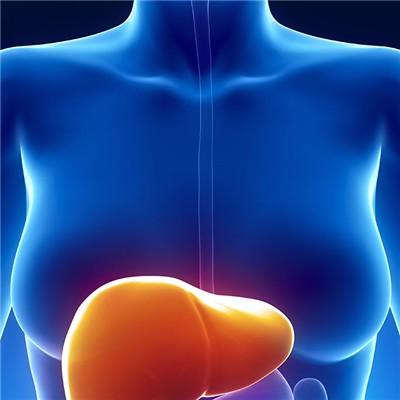What is the cause of diffuse vascular keratosis?
summary
The disease is inherited by X-linked recessive inheritance. First, it was discovered and reported by Fabry and Anderson (1898) respectively. The incidence rate is about 1/40000, and most of them are male hemi zygote. It has been found in various ethnic groups and has been reported many times in China. What is the cause of diffuse vascular keratosis?
What is the cause of diffuse vascular keratosis?
Ceramide trihexoside is a compound glycolipid composed of ceramide and three hexoses (2 galactose and 1 glucose). Under normal condition, a-galactosidase was degraded to lactosylceramide and galactose. It is known that there are two types of a-galactosidase, type A and type B. the deficiency of a-galactosidase activity is the cause of the disease. The deficiency of a-galactosidase can lead to the accumulation of trihexoside in nerve tissue, kidney and skin, and the appearance of systemic diffuse angiokeratoma, peripheral neuropathic pain and renal insufficiency. This enzyme gene is located in XQZ., The full length of Edna was cloned and sequenced. In 165 cases of Fabry's disease, 75% of the mutations were missense or nonsense.

In addition to the clinical symptoms of paroxysmal acrodynia, specific skin damage and renal insufficiency, the diagnosis often requires histological examination of the skin, culture of fibroblasts and determination of a-galactosidase activity. Amniotic fluid cell culture can be used for enzyme activity detection, prenatal diagnosis or detection of female gene carriers.

Most of the patients were male, only a few were female homozygous, but the symptoms were mild. The disease usually starts from 4 to 8 years old. The first skin symptom is vasodilative papules, small purpura or black spots on the skin of lower abdomen, buttocks, umbilicus or pudendum. Some central areas are gradually keratinized. Some children with conjunctival vasodilation or corneal, lens opacity. The skin often has less sweat and less sebum secretion. After that, paroxysmal pain and numbness gradually appeared in the limbs, and often aggravated with the change of temperature or physical labor, similar to sensory peripheral neuropathy, but generally without motor symptoms.

matters needing attention
Renal damage is a common manifestation of the disease, from early proteinuria, hematuria, polyuria to late renal failure can gradually appear, can also be manifested as pseudodiabetes insipidus, but no response to pituitary antidiuretic hormone. The clinical manifestations are mainly cardiac symptoms, such as angina pectoris, left ventricular hypertrophy and myocardial infarction. The symptoms of renal insufficiency are very mild, and there are almost no symptoms of skin and peripheral nerve damage. It is difficult to diagnose. Some people call it cardiac variant.
















